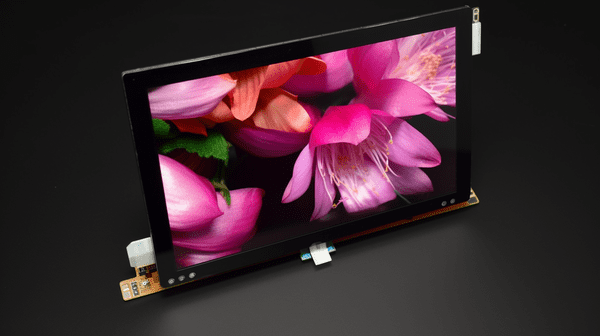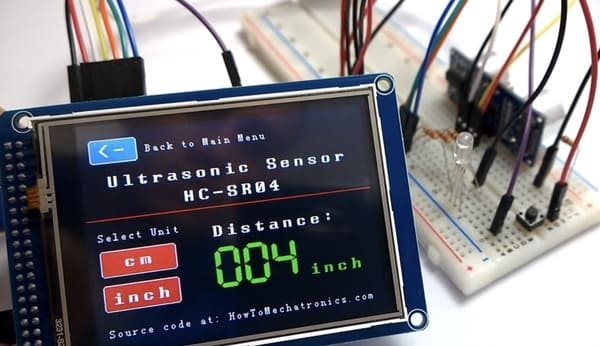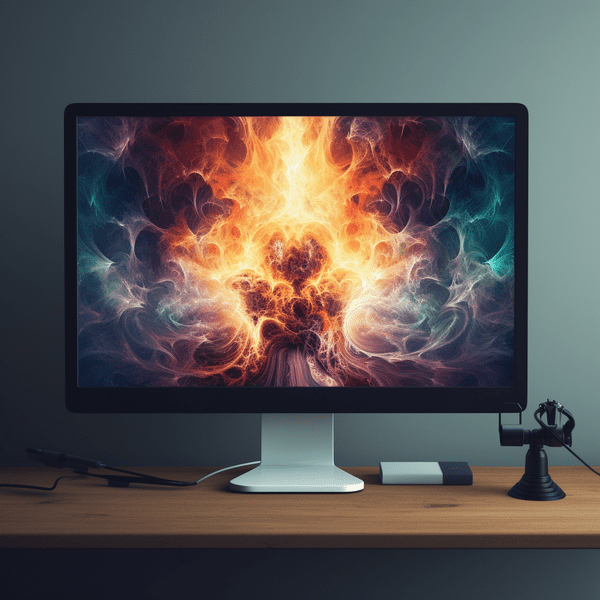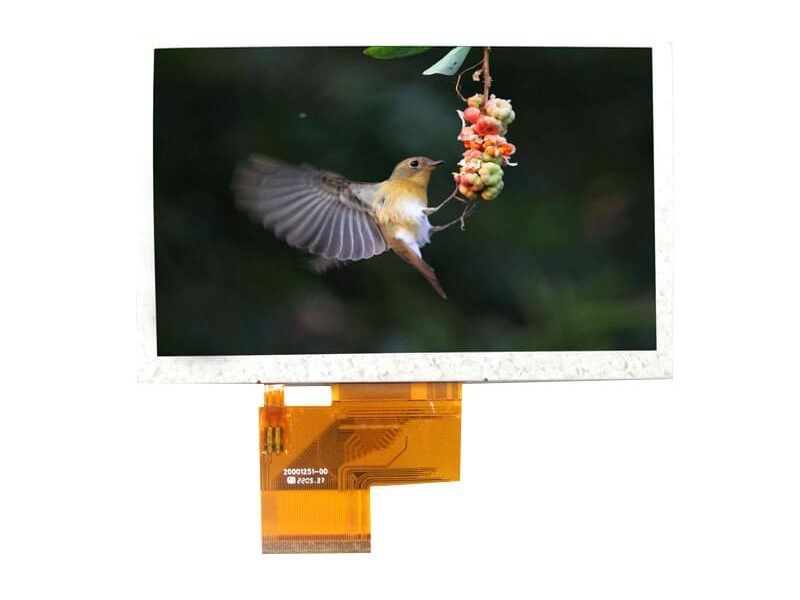Alright, folks! Time to gather ’round the virtual campfire for a heart-to-heart on one of the major game-changers in our industry: TFT displays. As the head honcho of Lcdeer, your favorite LCD manufacturer, I’m always excited to share the inside scoop with you. So buckle up, because we’re about to take a deep dive into the world of TFT technology!
In the realm of displays, Thin Film Transistor (TFT) tech is a real show-stopper. It’s the superstar of the screen world, delivering speedy response times, razor-sharp resolution, and a dazzling color spectrum. Let’s peel back the layers of a TFT display and see what makes it tick.

TFT Displays: Unveiling the Structure
Layer 1: The Color Filter
The color filter is your gateway to the world of vibrant colors on the screen. It hosts subpixels in red, green, and blue (RGB), which work together to produce a spectrum of colors.
Layer 2: The Liquid Crystal Layer
The liquid crystal layer is where things start to get interesting. Here, liquid crystal molecules twist and turn when an electric field is applied, controlling pixel brightness and color.
Layer 3: The Thin-Film Transistors
The thin-film transistors are the heart of a TFT display. These tiny switches control each pixel individually, bringing precision and sharpness to your screens.
Layer 4: The Backlight
The backlight is the final piece of the puzzle, providing the light that illuminates the colors and images on your screen.

Taking the Lid off: Features of TFT Displays
So, why do TFT displays rule the roost? It all boils down to one word: transistors. These teeny-tiny gatekeepers control each pixel on the screen. It’s like every pixel has its own private chauffeur! This ensures more precise control, leading to the breathtakingly sharp and vibrant images that are synonymous with TFT displays. And here’s a little bonus: they’re a real treat for the eyes, reducing strain and fatigue. No more rubbing your tired peepers after hours in front of a screen.

Different Strokes for Different Folks: Types of TFT LCD Technology
Just like your favorite ice cream comes in a variety of flavors, so does TFT LCD tech. First up, we have Twisted Nematic (TN) panels. Fast and budget-friendly, TN is like the trusty ol’ pickup truck of the bunch – nothing fancy, but gets the job done. Then, there’s In-Plane Switching (IPS), the Cadillac of TFT tech. IPS panels offer top-tier color reproduction and wider viewing angles. Lastly, we have Vertical Alignment (VA) panels – a sort of lovechild of TN and IPS. VA brings together the speed of TN and the color accuracy of IPS, making it a solid all-rounder. OLED vs IPS: A Classic Tech Rumble
Roses Have Thorns: Pros and Cons of TFT Displays
Now, TFT displays are pretty swell, but they ain’t perfect. On the sunny side, they offer excellent image quality, superior color accuracy, and faster refresh rates than your run-of-the-mill LCDs. In fact, making the switch from a traditional LCD to a TFT is like swapping your old monochrome TV for a sleek, state-of-the-art 4K model. The difference is that staggering! What is LCD (Liquid Crystal Display), Anyway?

However, just like roses have thorns, TFT displays have their drawbacks. For starters, they’re power hogs. They can consume more energy than conventional LCDs, which might be a dealbreaker if you’re all about the green life. Additionally, the price tag on these bad boys can be a little hefty. But remember, you get what you pay for, and with TFT displays, you’re paying for top-shelf quality.
Shop Smart: Factors to Consider When Selecting a TFT Display
Choosing the right TFT display can feel like a game of pin the tail on the donkey, but it doesn’t have to be that way. It’s like picking out a pair of shoes: you need to consider the fit, the style, and whether they match your budget. If you need speed and affordability, go for a TN panel. If color accuracy and wide viewing angles are your jam, then IPS is the way to go. If you’re looking for a happy medium, a VA panel might be your best bet. And always remember to factor in the display size, power consumption, and of course, cost.

So, there you have it! The lowdown on TFT displays, straight from your trusted source. Remember, folks, the best way to experience the power of TFT is to see it in action. So, the next time you’re on the hunt for a top-notch LCD, don’t forget to check out the magic of TFT. And as always, when you need the finest displays on the market, remember my team at Lcdeer. Quality isn’t just our promise; it’s our guarantee! Until next time, keep your screens bright and your spirits brighter!
